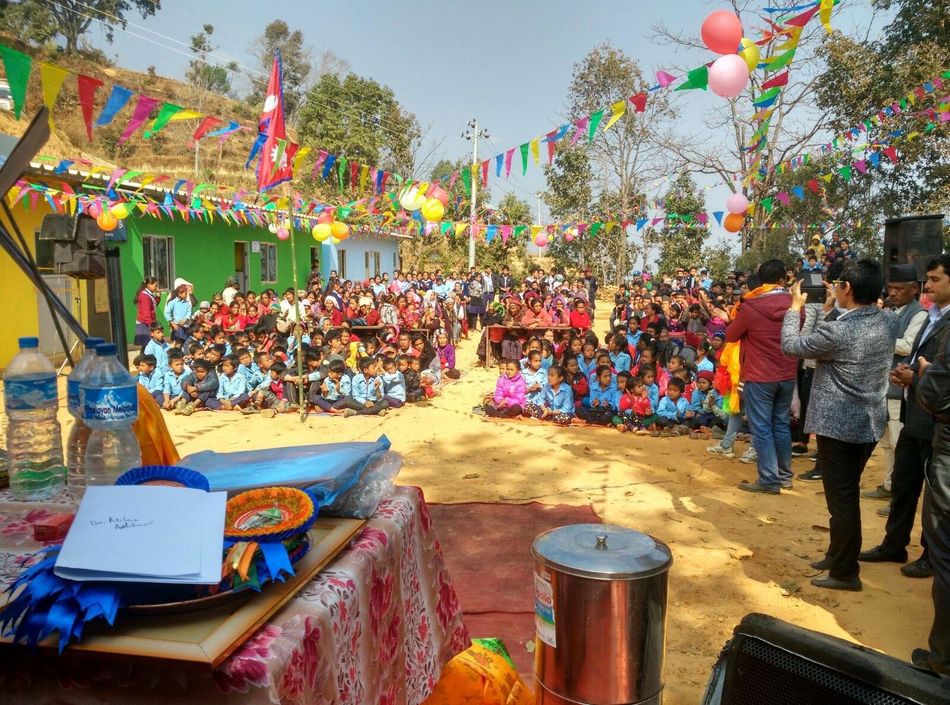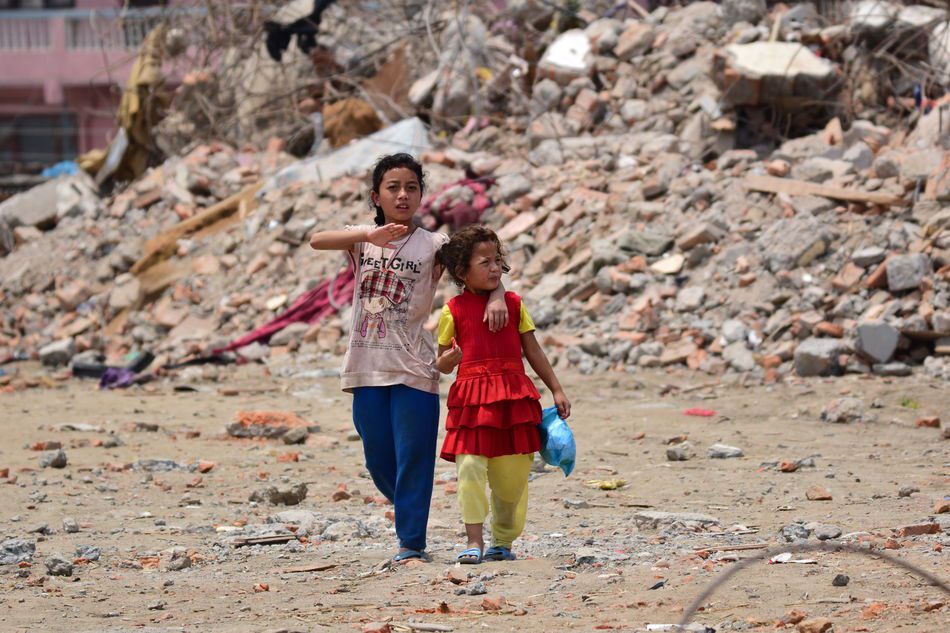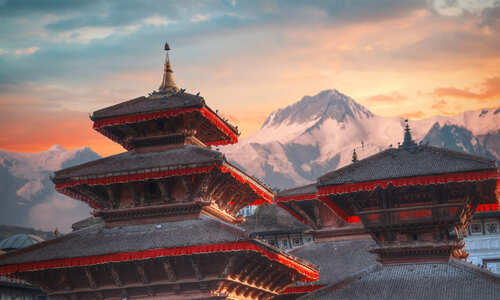Article content
14 April 2016 by Simon Langley
The 25th of April, 2016, marks the one-year anniversary of an earthquake that left over 8,000 Nepalese people dead and a further 20,000 injured. Already monsoon- and landslide-prone roads were destroyed, hampering relief efforts to remote villages, themselves often entirely razed as businesses and homes across the country were toppled. But, a year on, Nepal is starting to emerge from the rubble with grim determination and a fresh-faced optimism. We take a look at what’s happened, how the country has recovered and – with trekking in Nepal some of the most popular in the world – what this has meant for one of Asia’s most rewarding destinations.

The damage to Durbar Square, one of the most popular areas in Kathmandu, required a huge community clean-up effort
With tourism accounting for nearly a tenth of Nepal’s economy, the country has suffered sorely not only in the immediate aftermath, but in lost revenue. The numbers travelling to the ‘Roof of the World’ have halved in the 10 months following the disaster, as 2015 was the first year since 1974 that nobody reached the summit of Mount Everest. And, in the capital, many of Durbar Square’s UNESCO-listed temples and 19th-century towers – two of the city’s best-loved sites – have collapsed. Supporting the livelihood of 500,000 people in Nepal – once forecasted by the World Travel and Tourism Council to rise by 200,000 in 2016 – the industry is crucial to the country’s recovery. However, travellers who were put off its snow-capped peaks dotted with colourful flags, cosy teahouses and mouth-watering dhal bhat restaurants are once more starting to pack their hiking poles.
The good news for tourism is that all major roads have been reopened, along with all trekking routes in the popular Everest and Annapurna regions. The Foreign Office has also lifted its advice against travelling to the country as infrastructure is returning to pre-2015 levels. Travel is now actively encouraged as supporting whole strata of society, from porters and hotels to transport and local shops. And, while sights such as the aforementioned Durbar Square and the medieval temples and traditional houses of Bhaktapur bear deep, tragic scars, there is much still left to see. Wire bridges still traverse plunging ravines and the renowned Swayambhunath ‘monkey temple’ with its golden stupa and delightful disarray of religious iconography still looks out from its Kathmandu Valley perch. You’ll also find a culture that’s as welcoming, sincere and hardy as it’s ever been.

A new classroom is opened. Wexas Travel Foundation directly contributed to the fundraising efforts to rebuild schools after the earthquake.
But it’s not just the travel industry that has suffered. Over two thirds of the population rely on agriculture and, thanks to the timing of the earthquake, many struggled without access to proper tools to plant their harvest in time for the 2015 monsoon. Thankfully, international aid did much in the immediate aftermath to minimise the effects. While tremors were felt as far away as Kerala, some 1,300 miles south of Kathmandu in India, its devastation shook the world over. Countries were moved to pledge billions of pounds with the UK’s £88 million combination of government and private donations making it the largest bilateral contributor. And, from Algeria to Azerbaijan, nations were represented by search and rescue teams and medical responders. You might remember the still on-going campaign from the Wexas Travel Foundation that’s raised funds for Childreach to create safe spaces in the worst hit areas of Nepal.
This being said, there are still plenty of problems that Nepal faces going forward. When flying over the country, it becomes immediately apparent that the worst hit areas are the most remote with many villages still reliant on temporary ‘easy up, easy down’ accommodation. Donating to charities that work directly with victims remains one of the best ways of supporting the country. And, of course, sipping on a cup of butter tea to craggy ravine views or tucking into a steaming momo dumpling at a lakeside temple goes a long way too.
Donate today
To donate to the Wexas Travel Foundation, currently working with Childreach to support the Nepal earthquake recovery, please click here.
To find out more about the Wexas Travel Foundation, click here.

Image taken on 09 May 2015









